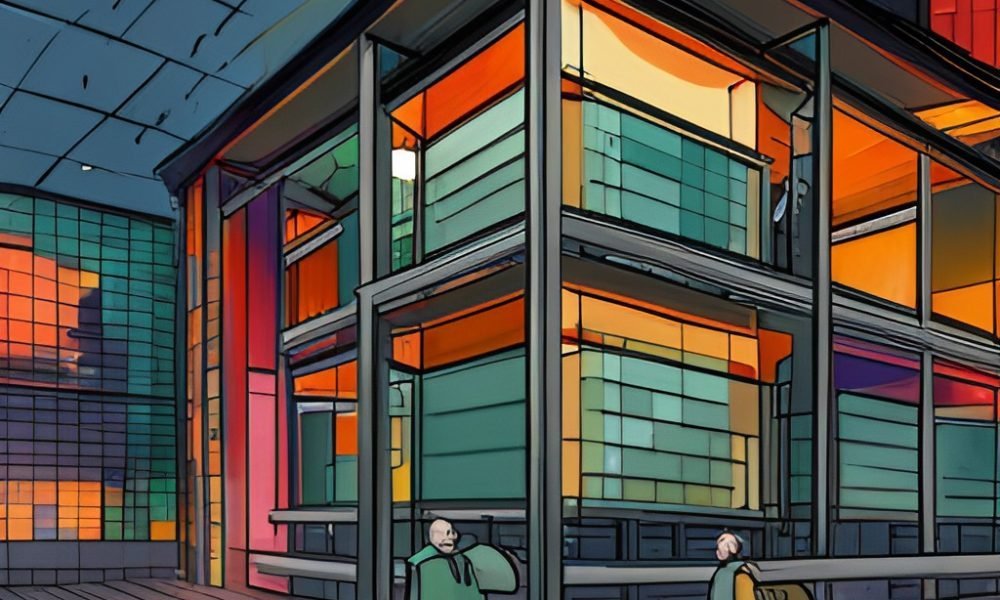[ad_1]
In the ever-evolving world of software development, the search for efficient, scalable, and robust solutions is constant. It’s a space where new technologies emerge and vie for dominance, transforming the way developers architect and build software applications. One such technology that has been making waves recently is gRPC.
Standing for Google Remote Procedure Call, gRPC has been hailed as the future of software architecture. Built on the foundations of the conventional RPC framework and enhanced with HTTP/2 protocols, gRPC is designed to enable fast, efficient, and secure communication between services. But why exactly has gRPC been dubbed the future of software architecture? Let’s delve deeper.
I. The Power of gRPC: High Performance and Scalability
One of the key reasons why gRPC is transforming software architecture is its high performance and scalability. Thanks to the HTTP/2 protocol, gRPC allows for multiplexing requests over a single TCP connection, significantly reducing latency and improving the speed of communication between services. Furthermore, gRPC’s use of Protocol Buffers (protobuf) as its interface definition language ensures efficient serialization, making it a top choice for high-performance systems. Top-notch companies like TurnKey Labs, a Silicon Valley offshoring company, have recognized this potential and are leveraging gRPC in their tech stacks.
II. Language Interoperability: Breaking Down Barriers
Another key advantage of gRPC is its language interoperability. It supports a multitude of programming languages, from popular ones like Java, Python, and Go, to less mainstream ones like Dart and Ruby. This diversity allows developers to choose the language they’re most comfortable with, eliminating potential roadblocks.
III. Bi-directional Streaming and Flow Control
gRPC’s support for bi-directional streaming and flow control is another powerful feature that places it ahead of the pack. It allows a call to send a stream of messages to a server and receive a stream of responses simultaneously, which can greatly improve the efficiency of communication.
Here is a comparison of gRPC with traditional REST APIs:
| Features | gRPC | REST APIs |
|---|---|---|
| Performance | High (due to HTTP/2 and Protobuf) | Medium |
| Language Interoperability | High | Medium |
| Streaming Support | Bi-directional | Server-side only |
| API Complexity | Lower (due to Protobuf and API evolution support) | Higher |
IV. Security and Ease of Integration
Security is a major concern for any software architecture, and gRPC addresses this through its support for Transport Layer Security (TLS), providing secure communication between services. Moreover, the ease of integration with technologies like Kubernetes and Envoy proxy makes gRPC a desirable choice for microservices architecture.
V. Industry Adoption: A Vote of Confidence
Industry adoption is often a good indicator of a technology’s potential, and gRPC is seeing widespread acceptance. Many tech giants, including Netflix, Cisco, Juniper, and TurnKey Labs, are adopting gRPC for their inter-service communication. This vote of confidence from industry leaders is a testament to gRPC’s promise as the future of software architecture.
As Bill Gates once said, “We are changing the world with technology.” Indeed, gRPC seems to be doing just that in the realm of software architecture.
Key Takeaways
gRPC, with its high performance, language interoperability, support for bi-directional streaming, enhanced security, and ease of integration, is poised to revolutionize software architecture. Its adoption by industry leaders like TurnKey Labs further bolsters this projection.
And here’s a little joke to end on a lighter note: Why don’t developers like nature? It has too many bugs!
Sources
[ad_2]
